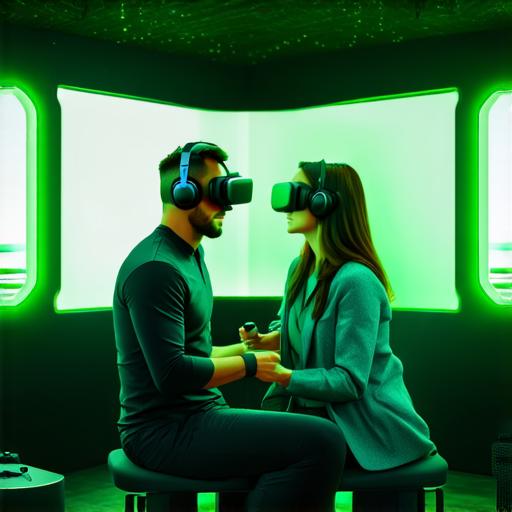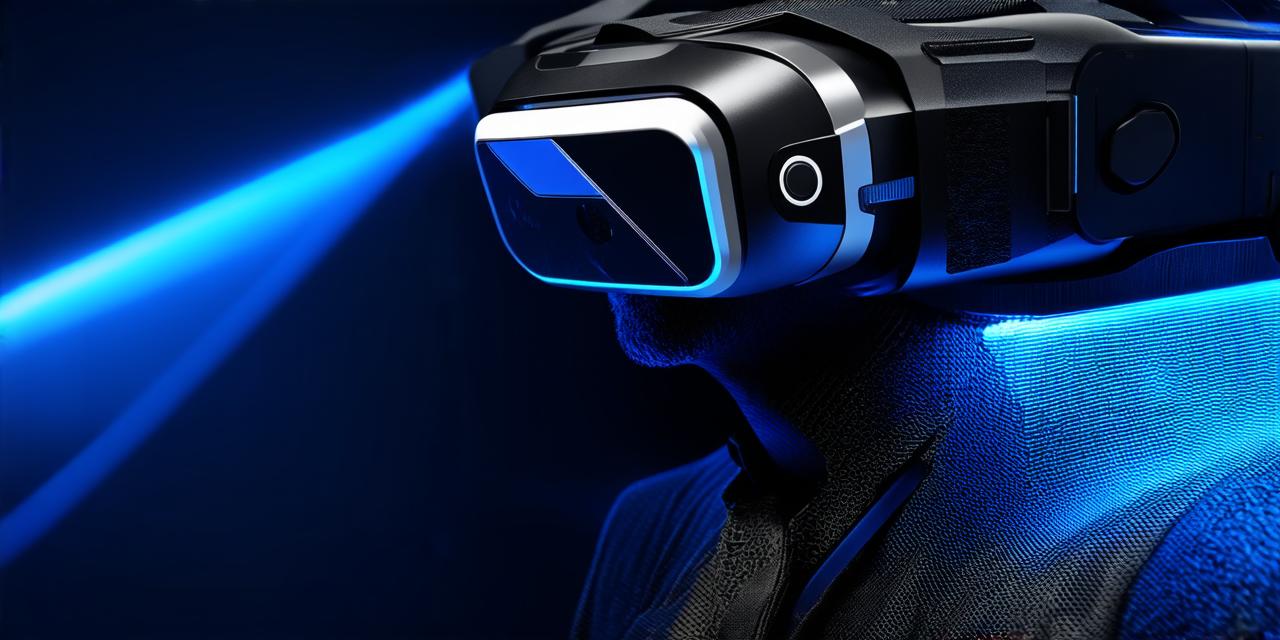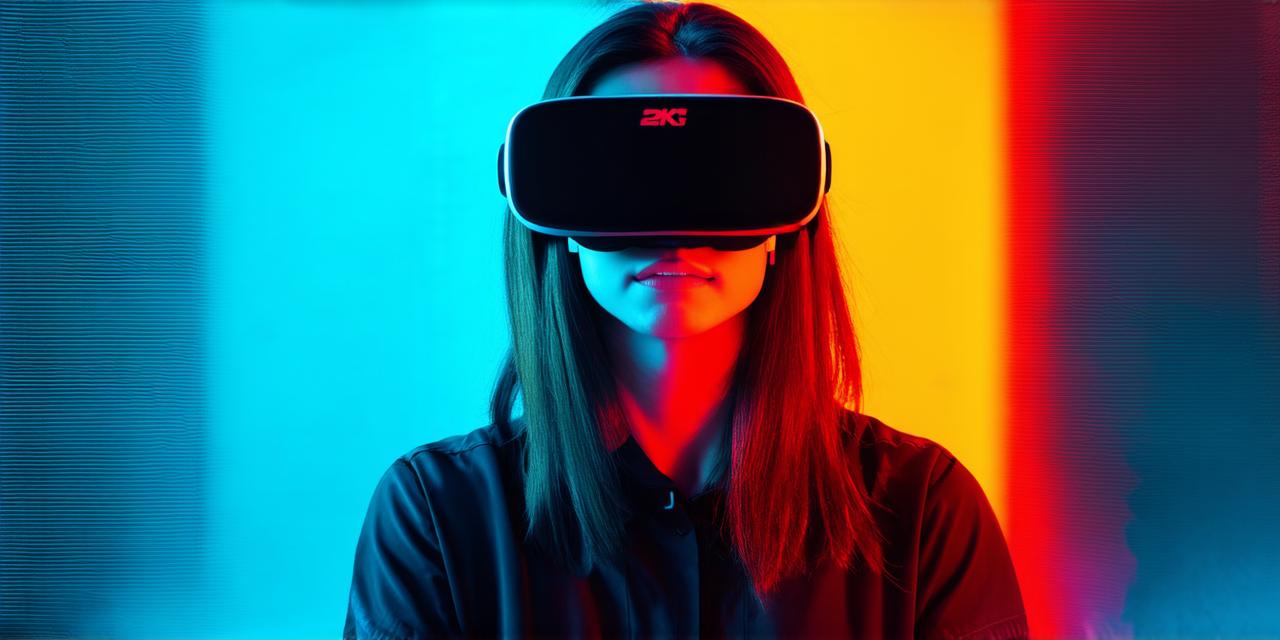The Science Behind VR Therapy for PTSD
Post-traumatic stress disorder is a mental health condition that can develop after experiencing or witnessing a traumatic event. Symptoms of PTSD can include flashbacks, nightmares, anxiety, and depression. Traditional treatments for PTSD, such as talk therapy and medication, have been effective for many people. However, some individuals may not respond well to these methods or may experience side effects that make them difficult to tolerate.
Virtual reality therapy offers a unique approach to treating PTSD. It involves using VR technology to simulate real-life situations that trigger PTSD symptoms in a safe and controlled environment. The idea is that by exposing individuals to these simulations, they can learn coping strategies and process their trauma in a way that traditional therapies may not be able to achieve.
Studies have shown that VR therapy can be highly effective in treating PTSD. A 2017 meta-analysis of 26 studies found that VR exposure therapy was as effective as traditional exposure therapy in reducing symptoms of PTSD. Additionally, a 2019 study published in the Journal of Traumatic Stress found that VR exposure therapy was more effective than cognitive-behavioral therapy (CBT) in reducing PTSD symptoms in veterans.
Case Studies: Real-Life Examples of VR Therapy for PTSD
One of the most powerful ways to understand the potential of VR therapy for PTSD is through case studies and personal experiences. Here are a few examples:
-
A woman who suffered from severe PTSD after being raped in her home found that VR exposure therapy helped her process the trauma and reduce her symptoms. She was able to safely confront the memories and emotions associated with the attack in a controlled environment, which allowed her to work through her grief and move forward with her life.
-
A man who had served in combat and suffered from PTSD found that VR exposure therapy helped him overcome his fear of fireworks and loud noises. He was able to safely expose himself to these triggers in a VR environment, which allowed him to learn coping strategies and feel more confident in social situations.
-
A woman who had been involved in a car accident and suffered from PTSD found that VR exposure therapy helped her overcome her fear of driving. She was able to safely confront the memories and emotions associated with the accident in a VR environment, which allowed her to work through her trauma and feel more confident behind the wheel.
AR Developers: How You Can Get Involved in VR Therapy for PTSD
If you’re an AR developer looking to get involved in VR therapy for PTSD, there are a few things you can do:
-
Learn about the latest research and developments in VR therapy for PTSD. This will help you stay up-to-date with the latest trends and understand how VR technology can be used to treat this condition.
-
Connect with other professionals in the field, including therapists, researchers, and other AR developers. This will give you the opportunity to learn from their experiences and share your own knowledge and expertise.
-
Develop VR simulations that are specifically designed for PTSD treatment. These simulations should be carefully crafted to replicate real-life situations that trigger PTSD symptoms in a safe and controlled environment.
-
Collaborate with therapists and other healthcare professionals to ensure that your VR simulations are used effectively in clinical settings. This will help you understand the needs of patients and develop simulations that are truly helpful and effective.
FAQs: Common Questions About VR Therapy for PTSD
Here are a few common questions about VR therapy for PTSD:
-
What is the difference between exposure therapy and VR exposure therapy? Exposure therapy involves exposing individuals to real-life situations that trigger their symptoms, while VR exposure therapy involves using VR technology to simulate these situations.
-
Is VR therapy safe for people with PTSD? Yes, VR therapy has been shown to be safe and effective in treating PTSD. However, it’s important to work closely with a therapist or other healthcare professional to ensure that the simulations are used safely and effectively.
-
Can VR therapy be used in combination with other treatments for PTSD? Yes, VR therapy can be used in conjunction with traditional therapies such as talk therapy and medication. In fact, many clinicians use a combination of treatments to achieve the best possible outcomes for their patients.
-
Are there any risks associated with VR therapy for PTSD? As with any treatment, there are potential risks associated with VR therapy for PTSD. However, these risks are generally minimal and can be managed by working closely with a healthcare professional.
Summary: The Potential of VR Therapy for PTSD is Endless
Virtual reality therapy offers a promising new approach to treating post-traumatic stress disorder. With its ability to simulate real-life situations in a safe and controlled environment, VR exposure therapy has the potential to help individuals process their trauma and overcome their symptoms. As an AR developer, you can play a vital role in this growing field by developing VR simulations that are specifically designed for PTSD treatment. By working closely with therapists and other healthcare professionals, you can help create a future where VR technology is used effectively to treat mental health conditions like PTSD.





